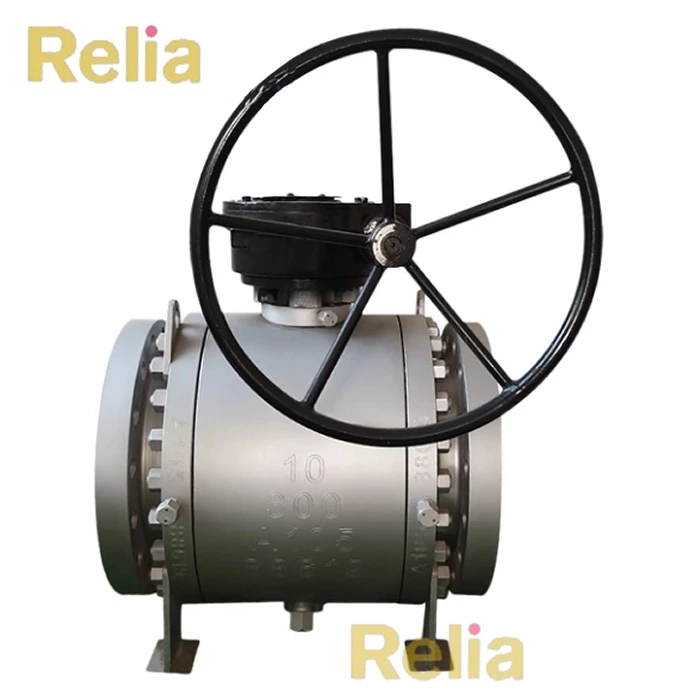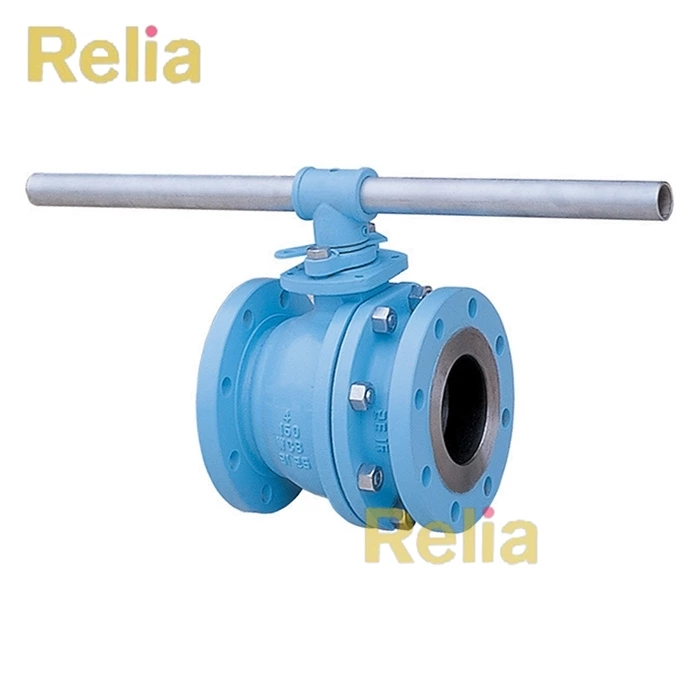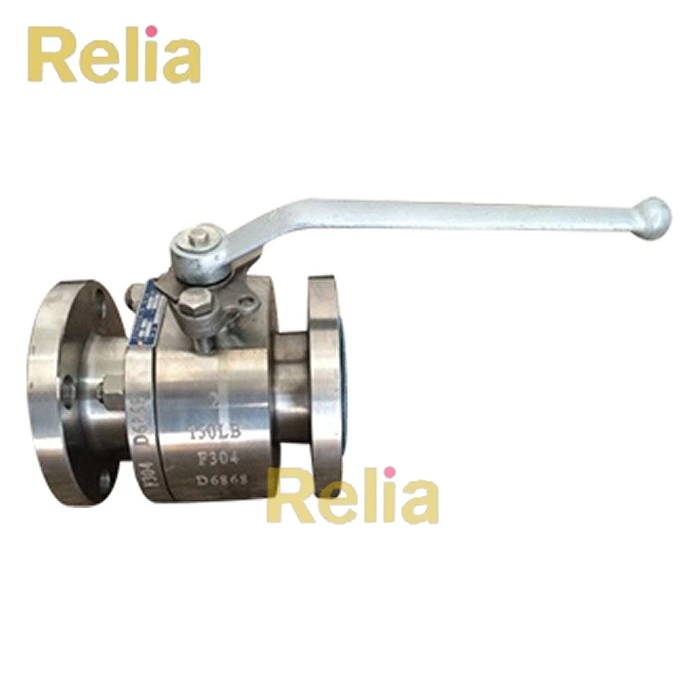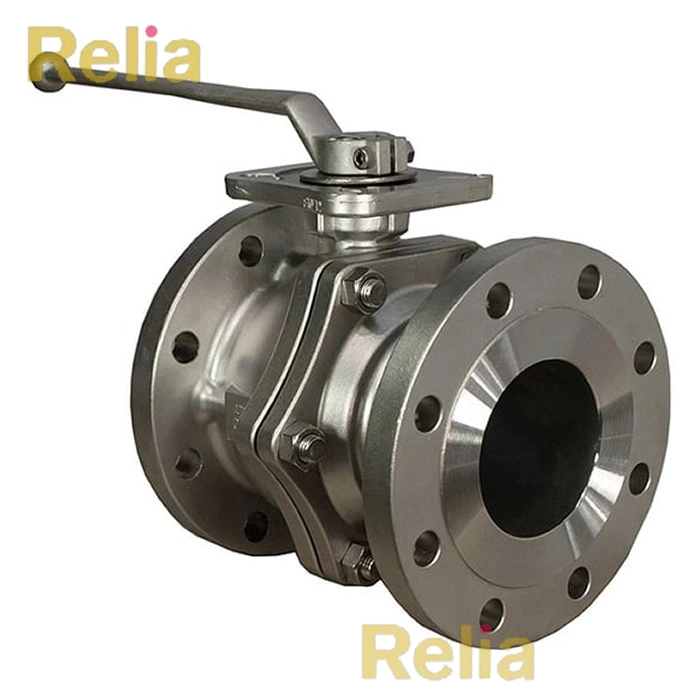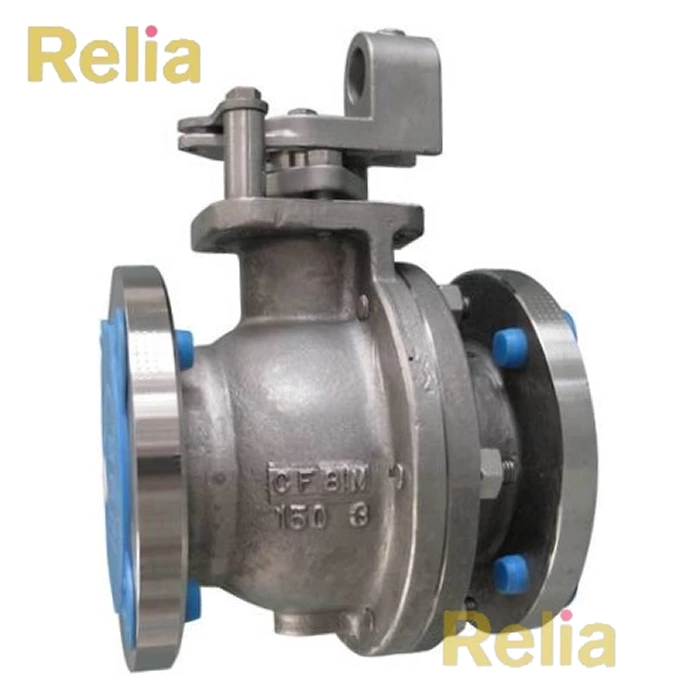BS 6755 Part 2: Specification for fire type-testing requirements
1 - Scope
BS 6755 part 2 specifies fire type-testing requirements and describes, in appendix A, the fire type-test method for confirming the pressure-containing capability of a valve under pressure during and after the fire test.
Where requirements in a valve product standard differ from those given in this standard, then the requirements of the product standard apply.
5 - General
Valves shall be tested in accordance with appendix A and shall comply with clauses 6 to 11.
6 - Through-seat leakage (high test pressure) during burn period
The average through-seat leakage at the high test pressure during the burn period (see A.5.9) shall not exceed 400mL/in/min2) .
NOTE Through-seat leakage does not include leakage from the bonnet or stem seal.
7 - External leakage (high test pressure) during burn and cool-down periods
The average external leakage, not including through-seat leakage, of the valve in the closed position at the high test pressure during the burn period and the cool-down period (see A.5.9 and A.5.10, respectively) shall not exceed 100 mL/in/min.
NOTE - External leakage does not include potential leakage from the pipework-to-valve end connection (see note 2 to A.2.1).
8 - Through-seat leakage (low test pressure) after cool-down
The average through-seat leakage at the low test pressure after the cool-down period (see A.5.11) shall not exceed 40 mL/in/min.
NOTE - Through-seat leakage does not include leakage from the bonnet or stem seal.
9 - External leakage (low test pressure) after cool-down
The average external leakage, not including through-seat leakage, of the valve in the closed position at the low test pressure after the cool-down period (see A.5.11) shall not exceed 20 mL/in/min.
NOTE - External leakage does not include potential leakage from the pipework-to-valve end connection (see note 2 to A.2.1).
10 - Operability
After the fire test, the valve shall be unseated from the closed position against the high test pressure differential given in A.5.4 and moved to the fully open position one time (see A.5.13).
11 - External leakage in fully open position
The average external leakage of the valve in the fully open position at the high test pressure (see A.5.14) shall not exceed 200 mL/in/min.
NOTE - External leakage does not include potential leakage from the pipework-to-valve end connection (see note 2 to A.2.1).
Appendix A - Fire test method
A.3 Test fluid
The test fluid used shall be water.
A.4 Test fuel
The test fuel shall be gaseous.
A.5 Procedure
NOTE 1 The numbered items in parentheses refer to the apparatus listed in Figure 1.
A.5.1 Mount valves other than check valves in the test apparatus so that the stem and bore of the valve are in the horizontal position. Mount check valves in their normal operating position.
Locate the flame environment thermocouples (item 14) and calorimeter cubes (item 13) in the positions shown in Figure 3 and Figure 4, as appropriate. For valves of nominal size DN 150 (NPS 6) and smaller, two calorimeter cubes shall be used as shown in Figure 3. For larger size valves three calorimeter cubes shall be used as shown in Figure 4.
A.5.2 With the test valve in the partially open position, open the water supply valve (item 5), the shut-off valve (item 6), the vent valves (item 17) and the shut-off valve (item 16) to flood the system and purge the air. When the system is filled with water, close the shut-off valve (item 16), the vent valves (item 17) and the water supply valve (item 5).
Pressurize the system with water to a test pressure of 1.5 times the maximum permissible working pressure at 20 °C 3) . Check for leaks in the test apparatus. Eliminate leaks as necessary. Without re-introducing air into the system, release the
applied pressure and close the test valve and open the shut-off valve (item 16).
A.5.3 If the valve under test is of the upstream sealing type, determine the volume of water that is trapped between the upstream seat seal and the downstream seat seal, when the valve is closed. Record this volume.
NOTE - It is assumed that during the fire type-test this volume of water would flow through the valve and pass through the
downstream seat seal and be collected in the container (item 19).
Since this volume has not actually leaked through the upstream seat seal, it is deducted from the total volume collected in the downstream container when determining the through-seat leakage (see A.5.9).
A.5.4 Pressurize the system to the appropriate high test pressure as follows:
a) for valves having PN or Class ratings: as given in Table 1;
b) for valves having de-rated seats (i.e. having 20 °C seat pressure retaining capability lower than that of the body in which
they are housed): 75 % of their maximum permissible seat working pressure at 20 °C;
c) for other valves: 75 % of their maximum permissible working pressure at 20 °C.
This test pressure shall be maintained during the burn and cool-down periods, though a once only momentary pressure loss of up to 50 % of the test pressure is permissible provided that the pressure recovers within 2 min.
Table 2 — Other valves qualified according to size
| PN rated valves, excluding threaded end valves | Class rated and threaded end valves | ||
| Size of valve tested | Other valve sizes qualified | Size of valve tested | Other valve sizes qualified |
| DN (mm) | DN (mm) | NPS (Inch) | NPS (Inch) |
| 8 | 8, 10, 15 | 1/4 | 1/4, 3/8, 1/2 |
| 10 | 10, 15, 20 | 3/8 | 3/8, 1/2, 3/4 |
| 15 | 15, 20, 25 | 1/2 | 1/2, 3/4, 1 |
| 20 | 20, 25, 32, 40 | 3/4 | 3/4, 1, 1-1/4, 1-1/2 |
| 25 | 25, 32, 40, 50 | 1 | 1, 1-1/4, 1-1/2, 2 |
| 32 | 32, 40, 50, 65 | 1-1/4 | 1-1/4, 1-1/2, 2, 2-1/2 |
| 40 | 40, 50, 65, 80 | 1-1/2 | 1-1/2, 2, 2-1/2, 3 |
| 50 | 50, 65, 80, 100 | 2 | 2, 2-1/2, 3, 4 |
| 65 | 65, 80, 100, 125 | 2-1/2 | 2-1/2, 3, 4, 5 |
| 80 | 80, 100, 125, 150 | 3 | 3, 4, 5, 6 |
| 100 | 100, 125, 150, 200 | 4 | 4, 5, 6, 8 |
| 125 | 125, 150, 200, 250 | 5 | 5, 6, 8, 10 |
| 150 | 150, 200, 250, 300 | 6 | 6, 8, 10, 12 |
| 200 | 200, 250, 300, 350, 400 | 8 | 8, 10, 12, 14, 16 |
| 250 | 250, 300, 350, 400, 450, 500 | 10 | 10, 12, 14, 16, 18, 20 |
| 300 | 300, 350, 400, 450, 500, 600 | 12 | 12, 14, 16, 18, 20, 24 |
| 350 | 350, 400, 450, 500, 600, 700 | 14 | 14, 16, 18, 20, 24, 28 |
| 400 | 400 and larger | 16 | 16 and larger |
Table 3 — Other valves qualified by PN rating
| PN rating of valve tested |
Other valves qualified | |
| PN rating | Class rating | |
| 16 | 16, 25 | 150, 300 |
| 25 | 25, 40 | 300, 400, 600 |
| 40 | 40 | 300, 400, 600 |
Table 4 — Other valves qualified by Class rating
| Class rating of valve tested |
Other valves qualified | |
| Class rating | PN rating | |
| 150 | 150, 300 | 16, 25, 40 |
| 300 | 300, 400, 600 | 25, 40 |
| 400 | 400, 600, 800 | - |
| 600 | 600, 800, 900 | - |
| 800 | 800, 900, 1500 | - |
| 900 | 900, 1500 | - |
| 1500 | 1500, 2500 | - |
| 2500 | 2500 | - |
